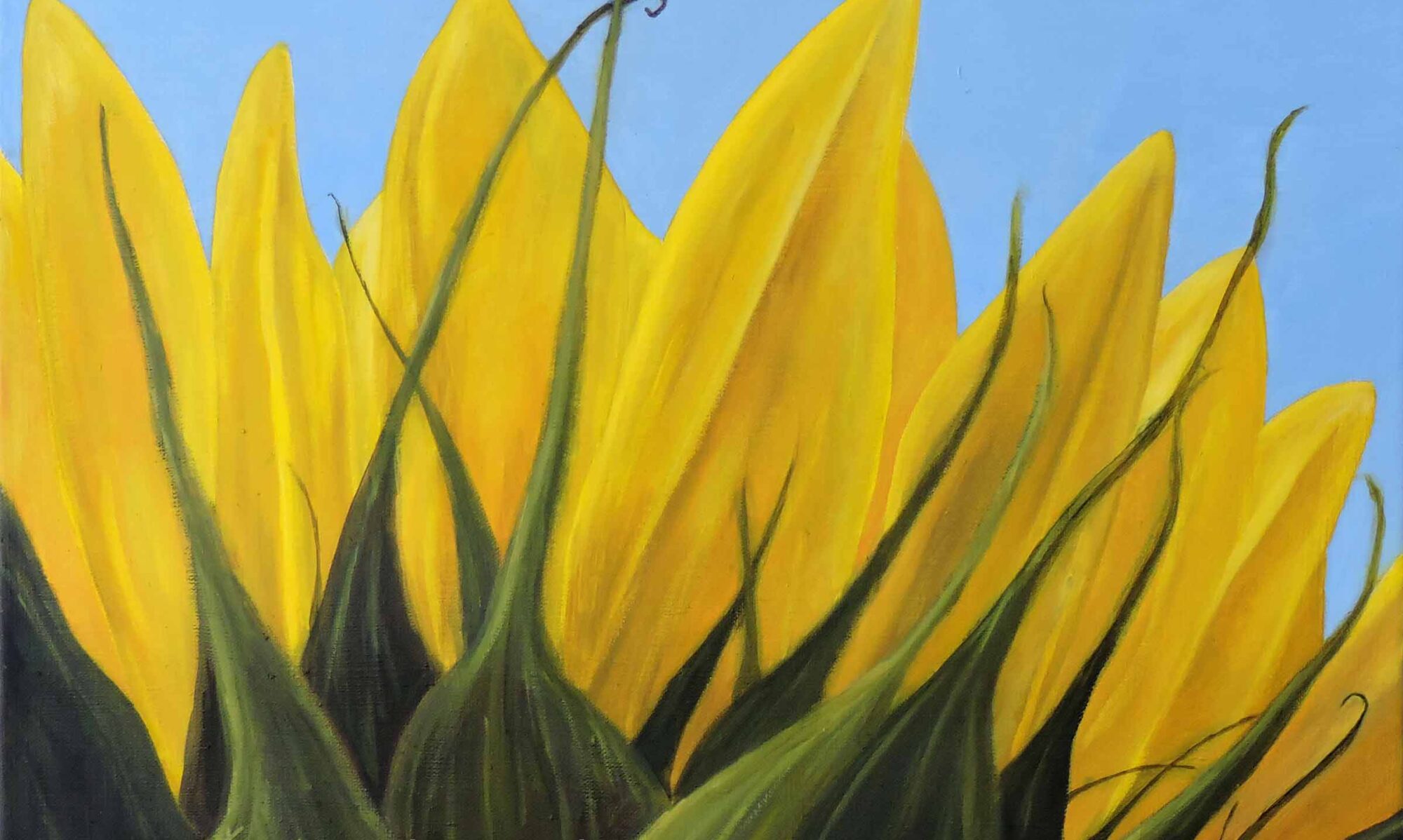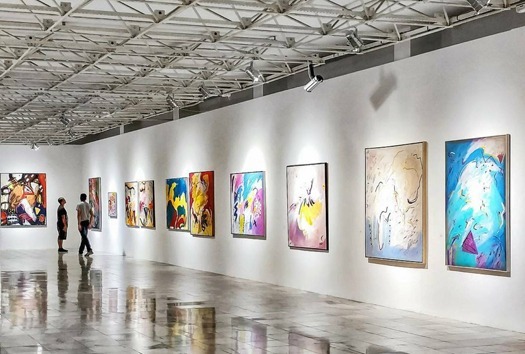
Canvas paintings are among the most popular forms of art whether they are composed using acrylic, oils, or some other medium.
Oil paintings on canvas are classic and have been around for centuries. Artists the world over have used a variety of surfaces for their works of art, however, canvas still remains the most often used surface, and it is what I compose all of my paintings on. There are three types of oil painting canvas that I paint on, let me describe each of them.
Gallery Wrap Stretched Canvas
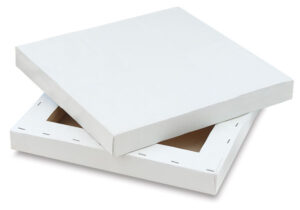
Some artists call this type of canvas “gallery-wrapped”, while others call it “gallery wrap”. The terms are often used interchangeably, and I have used both myself.
Gallery-wrap canvas is a painting support surface in which a closely woven canvas fabric completely covers the stretcher bars and is then “wrapped” around the frame and attached with fasteners on the back. Unlike traditional canvas, gallery wrapped canvases have no visible fasteners (such as staples or spline) on the front surface. This method of construction means the artist can paint on the profile (edges) of the canvas, thus allowing the artwork to be the focal point from every angle. It also means the finished painting will not have to be framed before being put on display.
Customers who purchase my paintings on this type of canvas prefer the contemporary look of gallery wrap canvas paintings without a frame. However, I have many customers who love the classic look of framed artwork and will have their paintings mounted in a frame before display. It all depends on what you prefer. Framed or not, paintings on gallery wrap canvas look great either way.
Features of Gallery Wrap Canvas Paintings
- Trendy, stylish
- Back stapled
- Painted edges
- Does not require a frame but can be framed if desired.
- Arrives at your door ready to hang on the wall.
- Improves the visual appeal and atmosphere of any room.
The majority of my paintings are created on gallery-wrapped canvases and are available for purchase on this website.
Traditional Stretched Canvas
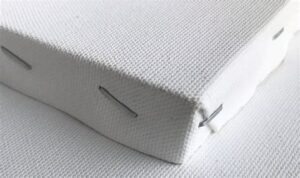
There was a time not too long ago when traditional stretched canvas was the only option available when an artist wanted to paint on stretched canvas. This style of canvas is classic, having been around for over 500 years. Today most artists prefer to use gallery wrap canvas, however, you can still find paintings composed on the traditional type of painting surface.
In this type, the canvas material is stretched over a wooden frame called a stretcher and secured with staples or tacks on the sides (rather than the back). The sides are usually left raw or unpainted, reminiscent of way paintings were done by the Old Masters. Paintings composed on traditional stretched canvas require a frame before display.
While some artists like to construct their own stretched canvases, I prefer to purchase my artist-grade canvas in bulk, pre-stretched by the manufacturer, and commercially primed. When the canvases arrive at my studio, they’re ready to receive my paint.
Features of Traditional Canvas Paintings
- Classic style canvas
- Side stapled
- Raw unpainted edges
- Requires framing before being displayed.
- Enhances the aesthetics and ambiance of any area.
I have some paintings on traditional stretched canvas available for purchase at the link.
Canvas Board
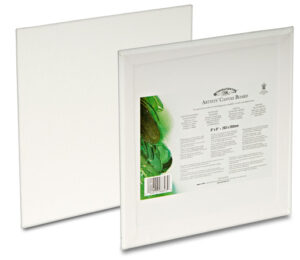
Stretched canvases can be very expensive, and that cost is often reflected in the price artists charge for their work. However, there is an excellent alternative to stretched canvas that is less expensive, and that is canvas board.
Canvas board is a rigid, lightweight, and sturdy painting surface constructed of a 1/8-inch-thick cardboard panel covered with thick canvas material. This canvas type is durable, resistant to warping, and easier to frame than stretched canvas. Canvas board paintings will require framing before hanging on the wall.
Paintings composed on a canvas board are not inferior to artwork on a stretched canvas. Many highly skilled artists enjoy painting on canvas board, and I’m one of them. Plein air (outdoor) artists prefer these lightweight canvases as they are easier to manage when they go on location to paint.
Features of Canvas Board Paintings
- Rigid, heavy-duty canvas board
- Sturdy and more durable
- Requires a frame before hanging on the wall.
- Easier to frame than stretched canvas.
- Adds style and decor to any space.
See my line of affordable oil paintings on canvas board.
In Conclusion
There are many types of oil painting canvas available to the artist to compose art on, and one is not better than the other. It’s simply a matter of preference. What’s important is the quality of the composition, the skill of the artist, and the durability of the painting to last for years.
Once framed (or not) and hung on your wall, canvas paintings can bring any room to life. With proper care, canvas oil paintings will last for many years to come providing you with lots of viewing enjoyment.
Art Gallery Quick Links
Flowers | Landscapes | Marine | People
Space Art | Still Life | Wildlife
Additional Reading
The Importance of Varnishing Oil Paintings
More information about this topic and many others can be found in My Artist Blog Index. Check it out!
Have a question?
If you have a question about this painting, please contact us, and we’ll be happy to answer your questions.
Thanks for looking!
Feel free to share this with your friends.
